Best high-end studio monitors 2025: Professional studio speakers for musicians and producers
Need to improve your mixes and get a more professional sound? You need a decent set of high-end studio monitors. Here are the best sets in the world today
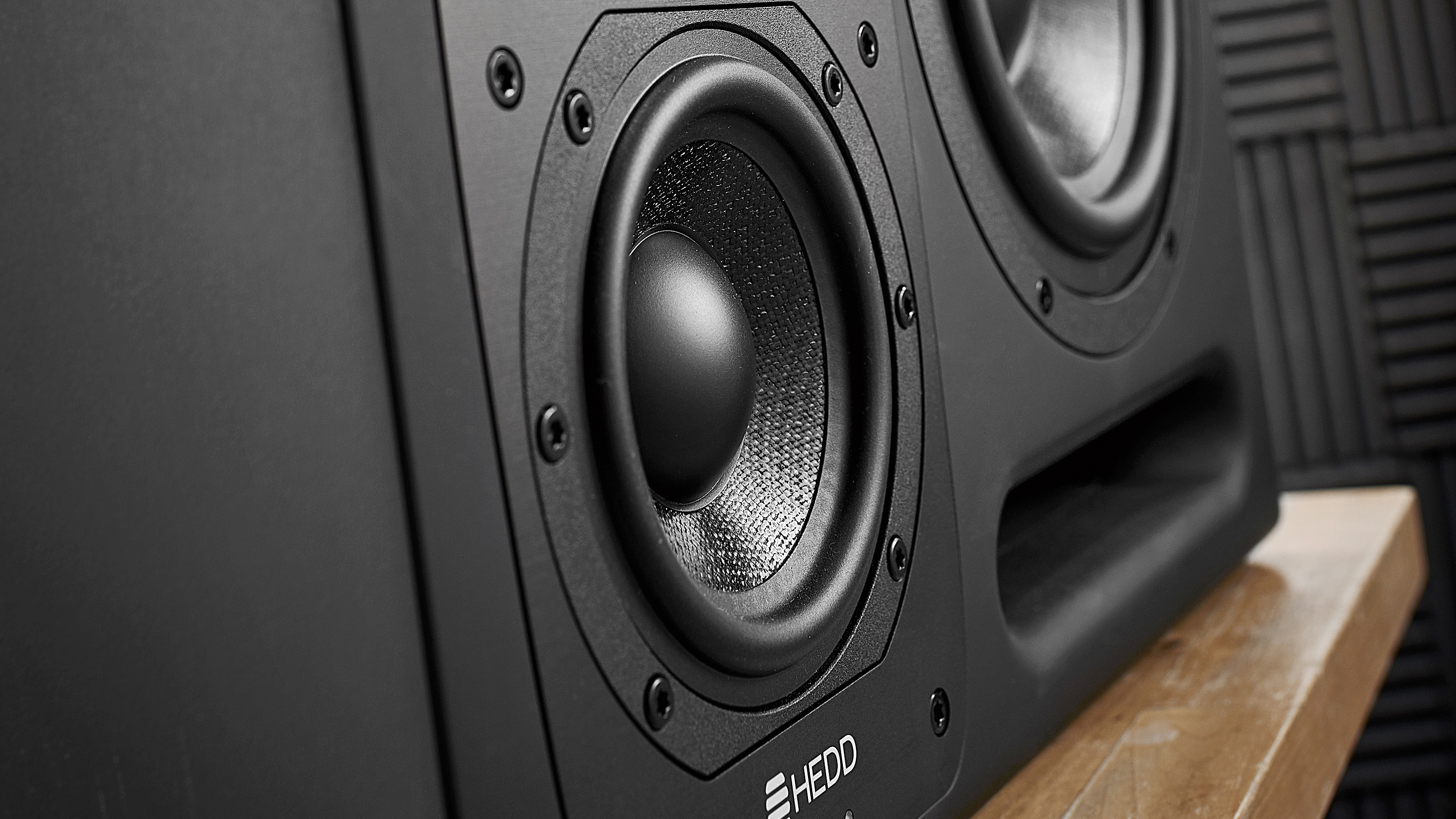
The monitor speaker is the most important piece of kit in the modern recording studio. If your studio monitors are being honest with you, you will hear your mixes in true, intricate detail and be able to iron out errors to deliver pristine music on any system.
If they are lying to you – that is delivering too much bass, for example – you will mix that bass out and deliver lacklustre results. But the truth is, truth costs. Studio monitors that deliver honest results – that is with a flat frequency response which doesn't flatter any particular area – will eat up a large part of your studio budget. Spend that kind of money on the wrong set, and you could blow that budget.
Luckily, we've got you covered with this buyer's guide to high-end studio monitors that can cost you well into four figures. These are the professional studio speakers that would grace any studio in the world.
We've included some in-depth buying advice at the end of this guide, so if you'd like to read it, click the link. If you'd rather get straight to the products, keep scrolling.
Best high-end studio monitors: Our top picks
There's no doubting that when you're looking for the best high-end studio monitors, Genelec wins out overall with their Ones high-end monitors. With their brilliant coaxial and dual woofer construction, the Ones deliver all the bottom end you could wish for and across a very wide sweet spot.
The range has just about every innovation Genelec have come up with, crammed into a compact design that presents a stunning sound stage and incredible accuracy, and they will even self-adjust according to any anomalies they 'find' in your studio.
For less outlay, consider a set of HEDD Audio Type 20s which have brilliant detail across the frequency range, or Adam Audio's S2Vs which deliver a jaw-dropping response from a more compact design.
Best high-end studio monitors: Product guide
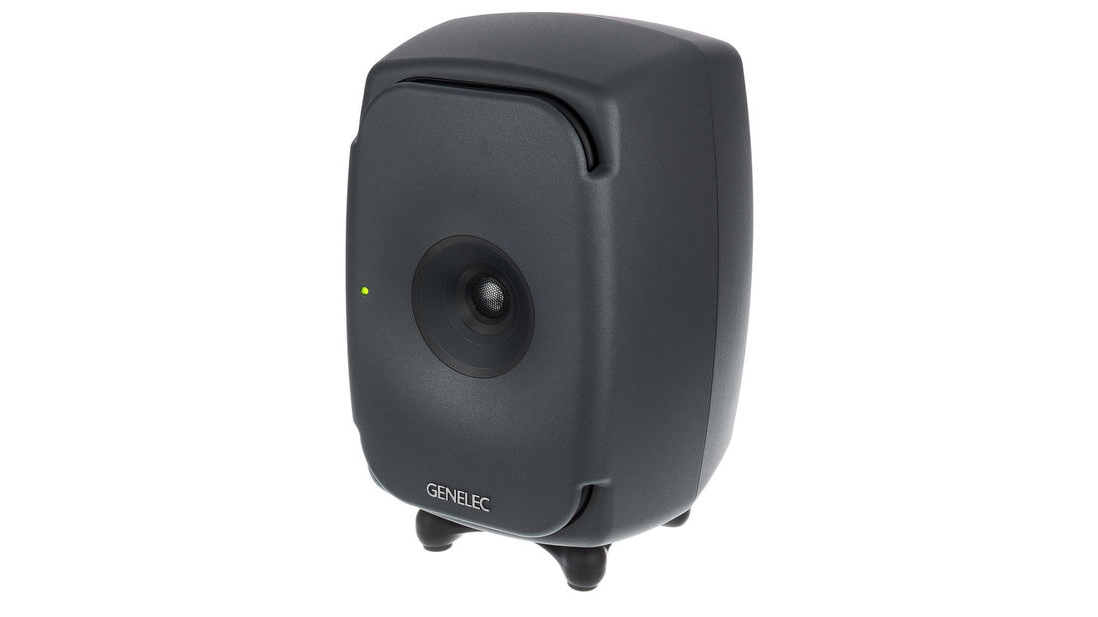
1. Genelec The Ones 8341A
Our expert review:
Specifications
Reasons to buy
Reasons to avoid
Genelec have been at the forefront of monitoring technology for decades and The Ones very much represent all of the company's best developments. The 8341s sit in the middle of the range and are ideal for small to medium studios. They feature the company's famous coaxial design where the tweeter sits on the woofer, which helps widen the sweet spot by reducing phase issues between drivers.
Other technologies include a dual woofer setup where the bass driver is effectively split into two to surround the mid and tweeter which helps it deliver a bigger bass response as its surface area is increased. A Directivity Control Waveguide helps widen the imaging and the rounded edging helps reduce secondary reflections and flatten the overall frequency response.
Add Smart Active Monitor technology where the speakers self calibrate to adjust for any anomalies in your room and these are something of a peak in monitor technology, and if you have the asking price, really are The Ones (ahem) to choose.
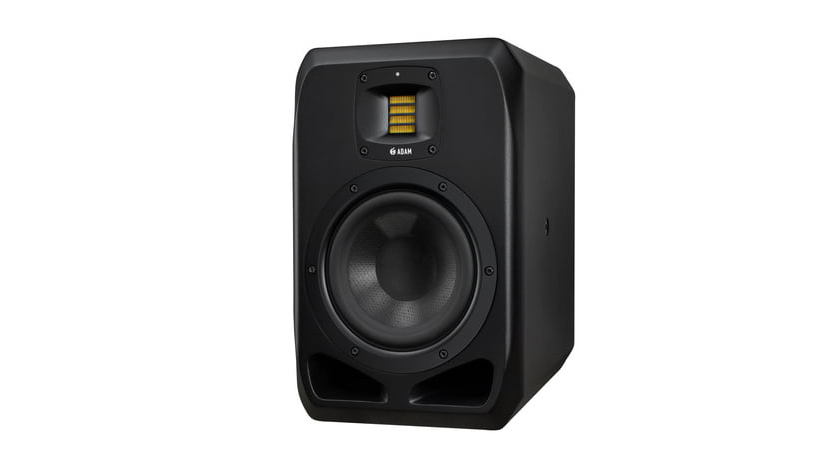
2. ADAM S2V
Our expert review:
Specifications
Reasons to buy
Reasons to avoid
The S2V is the smallest in ADAM's flagship S range and delivers a great, accurate and powerful sound from a compact cabinet, so is an ideal high-end speaker to choose if your space is in any way limited.
On board DSP controls parameters including crossover frequency, volume and EQ all by way of an OLED display around the back or a separate, easy-to-use app. We found the low and low-mid frequency response to be especially well defined, with the front-facing bass ports helping keep the bottom end in control.
You'll need to spend some time bedding the S2Vs in, but with those customisation options and their compact design, these will be an ideal monitoring solution for many a studio setup.

3. Dynaudio Core 59
Our expert review:
Specifications
Reasons to buy
Big in every regard – size, weight, power and accuracy – the 59s are serious monitors for serious studios, delivering not just the truth but that elusive great feel with it.
They feature some great flexibility for room positioning by way of rear dip switches (and an excellent manual to help you adjust them), plus a tweeter design featuring a 'Hexis device' that cuts down distortion.
With a huge frequency response, these deliver as much depth as they do power, and while they won't suit small spaces, they will fill bigger studios with absolute joy, as you might expect given their high price.
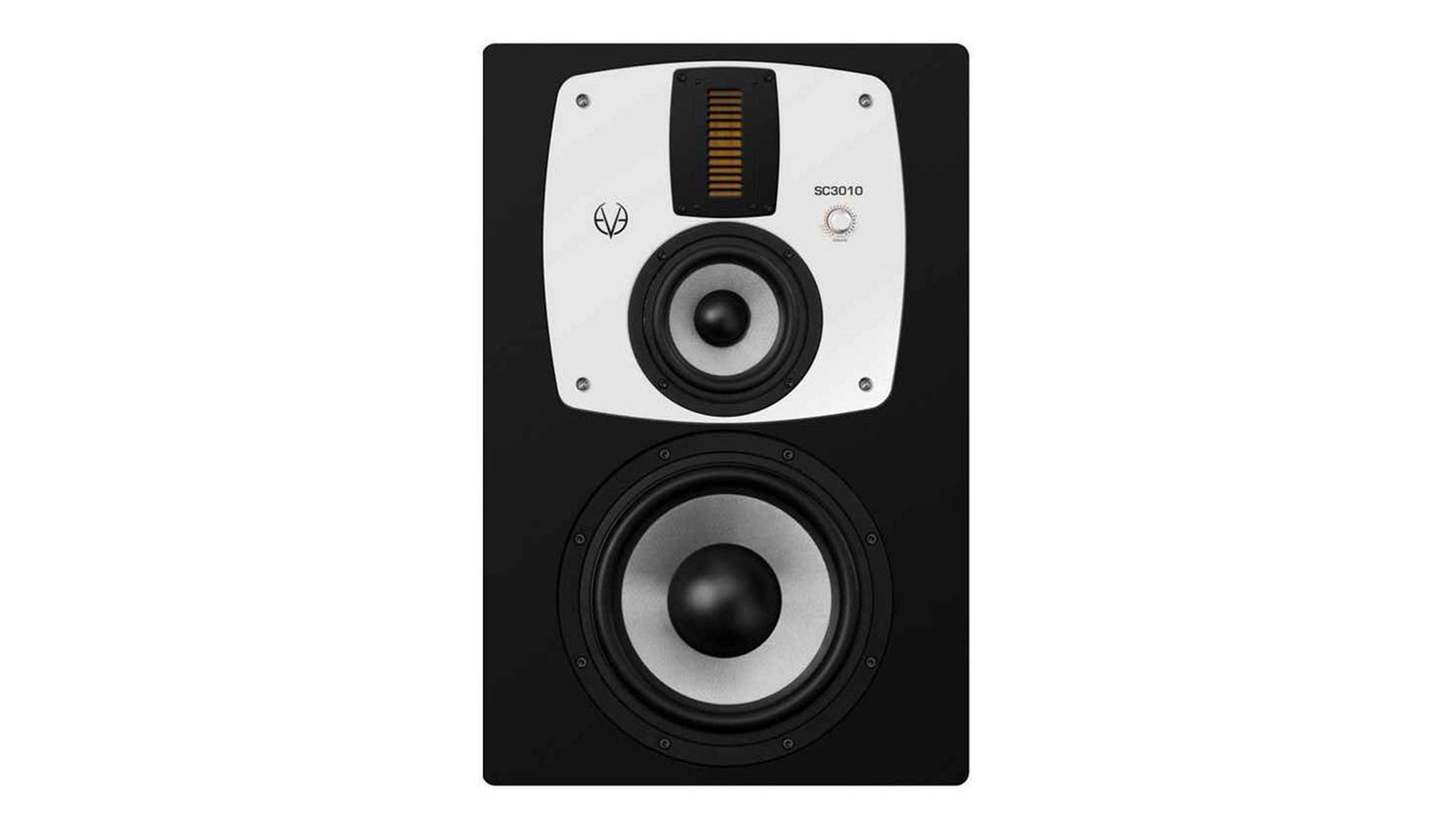
4. Eve Audio SC-3010
Our expert review:
Specifications
Reasons to buy
Eve Audio's SC-3010 are probably the biggest and most powerful speakers in our roundup and are best placed in larger studios or spaces where you might need some of the huge wattage and sound that they can deliver. They feature three drivers and some of the best bass stats out there, beaten only by the Dynaudio's Core 57 for those deep, stomach-churning frequencies. There are several user controls to customise the response to tailor your room, and you will want to spend time here on setup, as you don't really want to move them too much once done. You'll be pleased with the investment, though, as the 3010s are accurate, have a fast transient response so deliver what you need to hear, simple as that. Big budget and big room required, but these are guaranteed to fill any space.

5. Focal Shape 65
Our expert review:
Specifications
Reasons to buy
Focal make excellent studio monitors across the price range; from their budget Alphas, right up to their SM and Trio speakers, they have something for every pocket. The Shape 65s might be the cheapest monitors in this guide but they deliver that Focal ethos in spades and are packed full of innovation. There's a Neutral Induction Circuit technology to reduce distortion, TMD Surround which delivers a linear mid-range response (helping to make up any shortfall you might be expecting from 2-way speakers), and finally ‘double passive radiator' side domes that replace more traditional bass ports for greater placement flexibility. Add these up and you get a quite extraordinary sound with controlled basses, exceptional highs and natural mids all delivered across an exceptional sound field, as wide as it is deep. If your budget doesn't quite stretch to others in this roundup, the 65s will get you much of that high-end appeal for a great price.
Read the Focal Shape 65 review
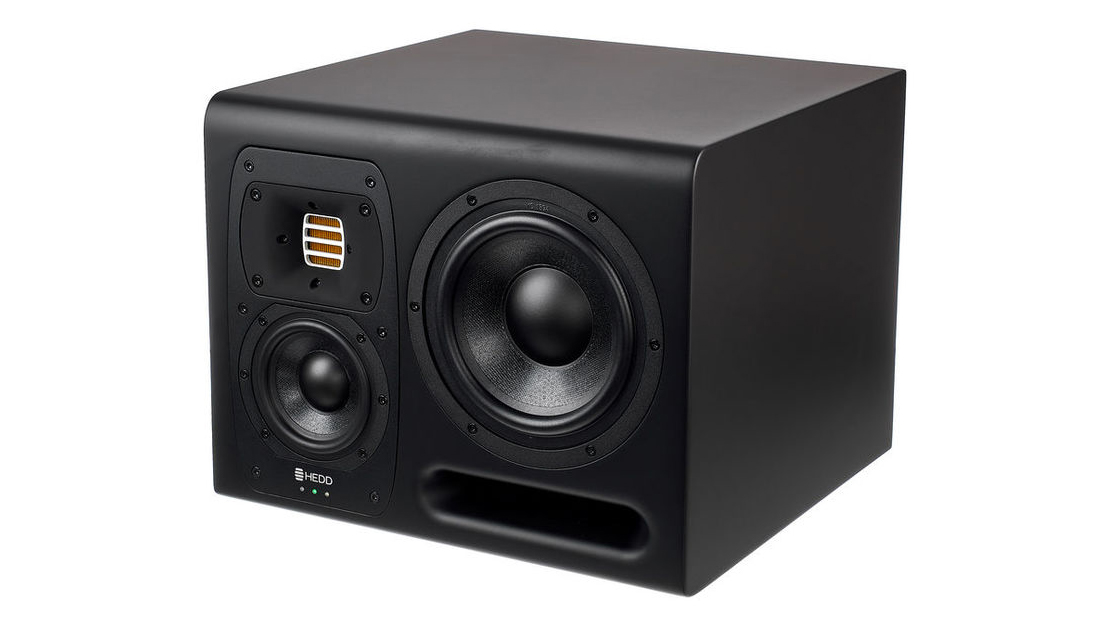
6. HEDD Audio Type 20
Our expert review:
Specifications
Reasons to buy
Berlin-based HEDD Audio are relative newcomers to the world of monitoring, but their range of four 'Type' monitors – the 20 being the second from top – has certainly turned many a studio head. This is thanks to their precision design and high-end components, not to mention a solid build – the 20s come in at 15kg a pop. We were blown away by the response across the board, with the bass revealing intricate detail and the highs being precise but not harsh. Mix accuracy is laid out for you in all of its glory – good and bad – enabling precision tweaking and fine-tuning to mastering level detail. New to the party, maybe, but HEDD are rightly causing a stir.
Read the HEDD Audio Type 20 review

7. Neumann KH310A
Our expert review:
Specifications
Reasons to buy
Reasons to avoid
Neumann's monitors should perhaps be as well regarded as the company's now almost legendary microphones, and the KH310A certainly boasts enough features to make it a standout example. It features technology like Elliptical Mathematically Modelled Dispersion to help deliver a smooth off-axis response, and Extremely Linear Force Factor to reduce distortion at high levels but, as with so many 3-way speakers in this price range, it's the joined up nature of the 310A's sound that most impresses. The sweet spot is wide and the delivery is accurate right across the range, but particularly noticeable in that standout mid-range area, making these an almost essential audition.
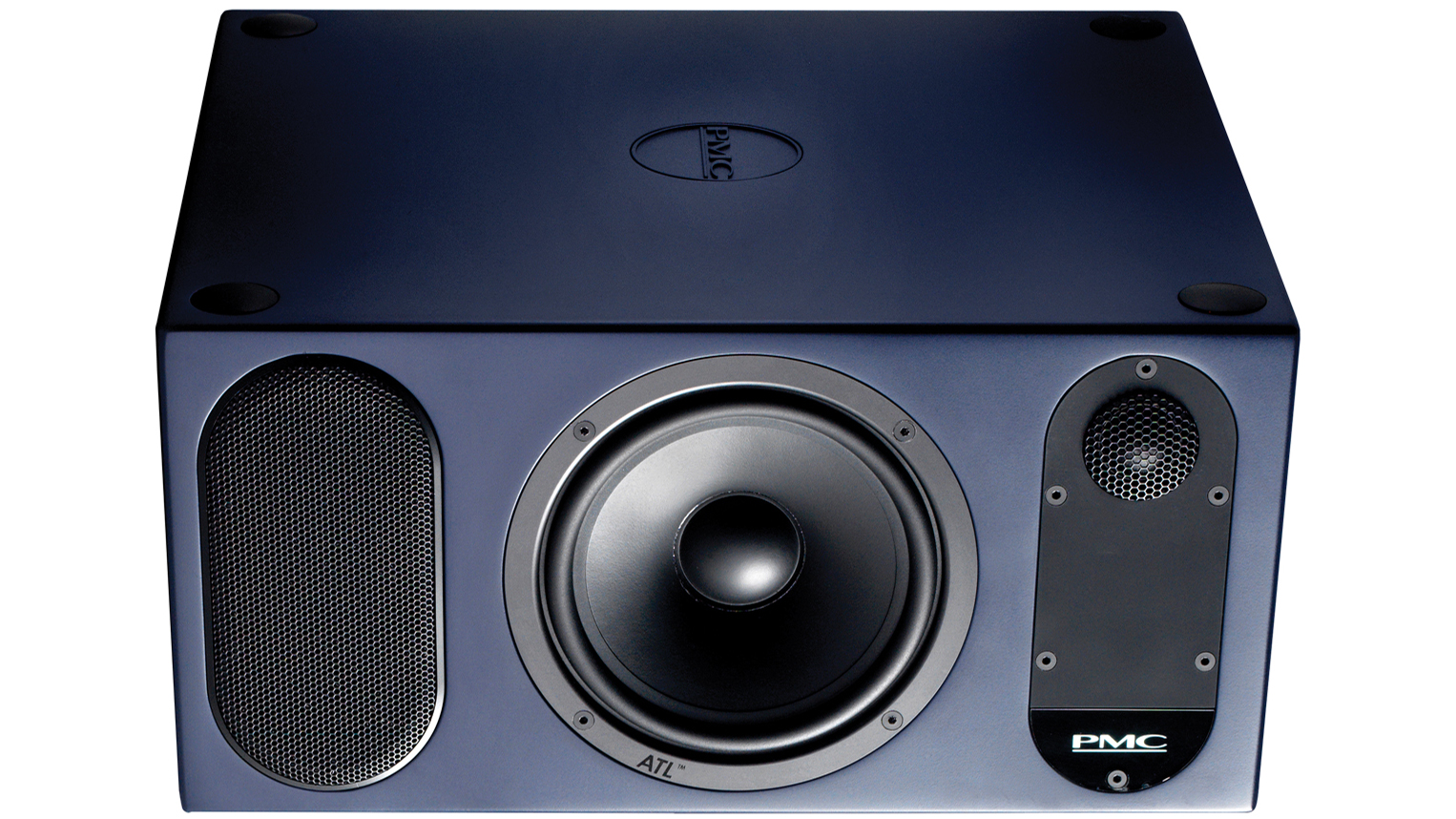
8. PMC TwoTwo 6
Our expert review:
Specifications
Reasons to buy
PMC make speakers that grace some of the best studios in the world, including some that we once auditioned at Metropolis that cost a mere £70,000. The TwoTwo range deliver some of that incredible PMC experience for rather less outlay and are great compact monitors for small to medium studios. Even though they may only be 2-way speakers, they have a stunning definition with none of the expected harshness that precision accuracy can often bring with it. With onboard DSP allowing parameters including crossovers to be adjusted, the speakers deliver phase-free and brilliant sound field detail in both the horizontal and vertical positions. If the asking price is out of your range, PMC's more recent Result6 monitor (£1,999) is another fantastic way to get that PMC quality, but for much less cash.
Best high-end studio monitors: buying advice
Go for power
MusicRadar's got your back
So what else should you consider in your hunt for the very best high-end studio monitors? Firstly you can choose either active speakers – where the amplifier is built in – or passive speakers where you need to buy a separate amp. We tend to recommend active studio monitors as they have been designed from the ground up – taking into account both amp and speakers – to deliver that flat response we mentioned earlier.
Wide and flat response
And talking of that frequency response, not only do you want this flat, but also as wide as possible and for it to exhibit no wobble. The frequency response of a set of monitors simply measures how much signal they deliver in dB over the frequency range of human hearing which is 20Hz to 2kHz (although many speakers go beyond this). If there is a bump or dip in this response, that means they are over- or under-performing in that area which means you will adversely mix in that range.
The frequency stats will be quoted with the lower Hz and upper kHz figure and – broadly speaking – the wider this is the better. There will also often be a +/- variation figure in dB at the end, which indicates a possible variation in signal level over that range. The smaller this is, the better (look for something around 3dB or less).
Three speakers are (usually) better than two
Studio monitors tend to come in 2-way or 3-way designs. 2-way are usually cheaper, having just a bass (woofer) and treble (tweeter) speaker or driver built in. 3-way speakers add a mid-range driver to deliver a more joined up frequency response, but that driver adds to the cost. Most of our choices are three-way designs although we have included a couple of two-way options that still deliver the goods.
Other design considerations also cost
The speaker's cabinet may be made of a more expensive material to help deliver less distortion and a faster transient response, which helps with the overall accuracy and perception of your music.
Monitors may also be designed with a wider sweet spot in mind, that being the ideal place where you sit to hear the perfect response from both the left and right speakers.
Finally, speakers may even come with room correction technology which measures your studio room's impact on their sound, and recalibrates the speaker frequency response to take into account the room and still deliver accurate results – it's high-end thinking at a high-end price.
Find out more about how we test music gear and services at MusicRadar.
Related buying guides
- Produce for less with the best budget studio monitors
- Check out our round-up of the best across-the-range studio monitors
- The best audio interfaces you can buy right now
- The best studio headphones for music production
- Explore the best laptops for music production
- Prefer a desktop? These are the best PCs for music production
Want all the hottest music and gear news, reviews, deals, features and more, direct to your inbox? Sign up here.
Andy has been writing about music production and technology for 30 years having started out on Music Technology magazine back in 1992. He has edited the magazines Future Music, Keyboard Review, MusicTech and Computer Music, which he helped launch back in 1998. He owns way too many synthesizers.
